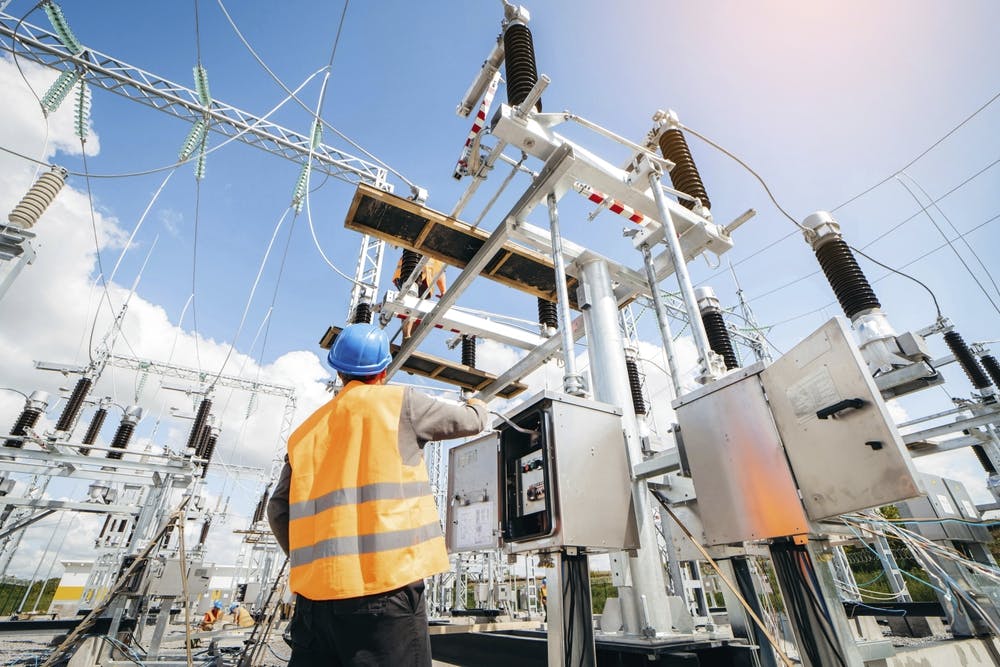How VA Adjusted Medical Supply Chain Management Amid Pandemic
The Veterans Health Administration is taking a centralized, data-informed approach to the distribution of vital equipment amidst the COVID-19 pandemic.

In light of surging demand for protective and medical equipment, the Veterans Health Administration (VHA) has instated enterprise-level supply chain management to address the pressures of the COVID-19 pandemic.
The necessity of a top-down approach to supply monitoring and distribution amid a public health crisis relates to the agency’s breadth of care centers under its direction.
“The VHA is the largest integrated health care system in the United States and provides health care to over 1,200 separate facilities, including 170 VA medical centers as well as over 1,000 outpatient sites,” VHA Director of Supply Chain Systems Amy Mersereau-Cooper outlined at an industry event Tuesday.
Prior to the outbreak of COVID-19 within the U.S., the VA — being a geographically distributed integrated health care system — relied on a more localized model for providers to manage the stocking and distribution of medical supplies. Although that’s feasible under normal operation, VA executives pivoted this model during the current public health crisis to sustain operations in cities and regions experiencing high demand of personal protective equipment, a VA spokesperson said in an emailed response.
Because of that demand, VA managed the equipment distribution at an enterprise level, the spokesperson said. As part of its “Fourth Mission” to serve both civilians and veterans during an emergency when non-VA clinics become overwhelmed, VA also partnered with FEMA to sustain its operations at VA medical centers.
“We knew that in order to come out in a better posture, we had to bring the management of the supply chain up to an enterprise level,” Mersereau-Cooper said. “That meant we had to stand up an enterprise distribution center, enterprise supply chain, and things that we normally don’t do at an enterprise level since the sites usually manage these on their own.”
This focus on enterprise-wide tallying and distribution of protective equipment extends throughout VA as a whole, with VHA supply chain analysts ensuring personal protective equipment is adequately dispersed across the broader enterprise. Because such provisions of medical supplies in times of crisis for the Veterans Benefits Administration, National Cemetery Administration and VA central office have always been part of VA’s first mission, the new centralized approach allowed VA to meet demands for all VA administrations and organizations, the spokesperson said.
In addition to these structural changes, the VA has also developed real-time information dashboards for tallying the distribution and potential deficit of vital equipment — a development that appears to have benefited from the agency’s recent data management and modernization projects.
“What logistics had to do was figure out not just how to make this happen, but how to monitor and manage this, understand what supplies were being used, where we had risk areas, and went from there,” she said. “We needed to put together dashboards, data and capabilities in order to enable this enterprise mission.”
Note: This article has been edited to reflect additional comments from a VA spokesperson on its supply chain reorganization during the national pandemic.
This is a carousel with manually rotating slides. Use Next and Previous buttons to navigate or jump to a slide with the slide dots
-

Cyber Incident Reporting Regulation Takes Shape
An upcoming CISA rule aims to harmonize cyber incident reporting requirements for critical infrastructure entities.
5m read -

Connectivity Drives Future of Defense
The Defense Department is strategizing new operating concepts ahead of future joint force operations.
8m read -

5 Predictions for AI in Government Technology
Agencies are setting plans in motion not only to integrate AI into their enterprises, but also ensuring the data that power these systems are fair.
41m watch -

Agencies Meet Key AI Goals Amid Call for More Experimentation
Federal leaders call for prioritizing artificial intelligence and its applications to critical cybersecurity and workforce initiatives.
7m read








